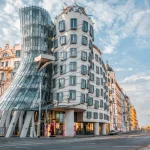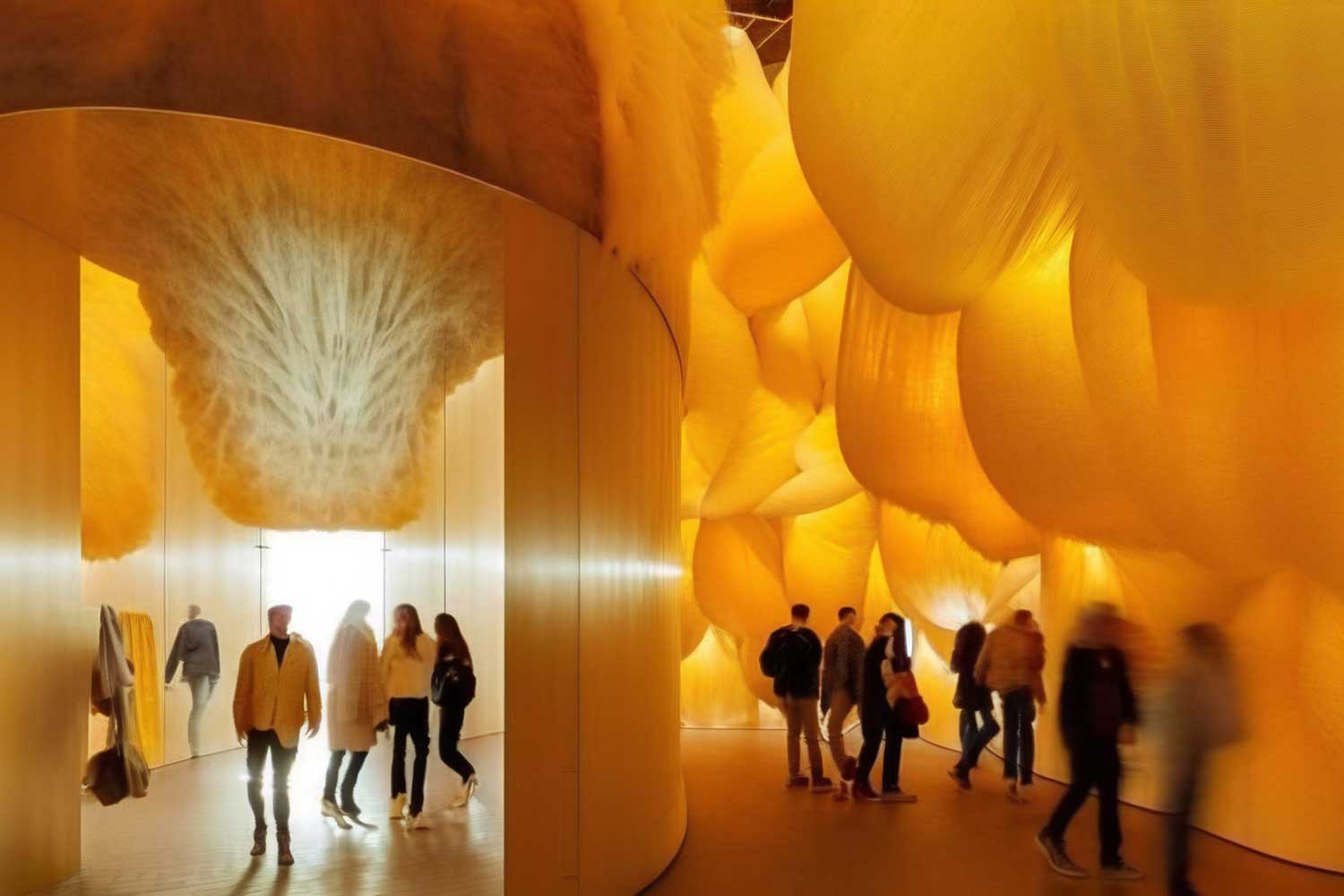Lately, many designers have been questioning the future of our cities. How can we make them more sustainable or livable? So, in parallel with this, one query arises: Do we really need to build more skyscrapers?
One important characteristic of contemporary urbanization has been the development of high-rise buildings worldwide. The skyscraper style of building started in the late 19th century, taking the lead in cities like Chicago and New York. This has recently accelerated to buildings of exceptional heights. Dubai’s Burj Khalifa towers to 828 meters, the tallest building in the world.
However, with worldwide changes in the use of the office and increasing awareness of health concerns, the future is uncertain for skyscrapers. Associated with power and economic might, their role in urban landscapes comes into question. Although China banned very tall buildings, often vanity projects, the skyscraper remains a symbol of power and economic might. Crises have historically forced innovation, and the pandemic may do the same for development of the skyscraper, focusing on adaptability, sustainability, and human-centered design.
“Skyscrapers remain controversial in the 21st century, yet they are getting taller and more numerous. Seven times more buildings of 150 metres or taller have sprung up since 2000 than were constructed in the entire 20th century. Five decades ago, the height of the tallest building completed each year globally averaged around 250 meters (55-60 stories). Nowadays, they are typically double that height,” notes Jason Barr, highlighting the ongoing boom in skyscraper construction.
In the rebounding of cities from the pandemic, demand for flexible, amenity-rich space continues unabated, making skyscrapers a necessity in a transformed, more thoughtful context. As Dane Latham comments, while skyscrapers do answer the demand for more space within thriving cities, pushed by increasing population density and engineering progress, the drive for height has its share of merits—in terms of efficient space use and green living—and such demerits as concerns of safety and overshadowing historic areas.

“Educated workers, especially in the past decade, really want to live in the centers of cities. Originally the reason why skyscrapers were built was because everyone wanted to live as close as possible to work. In present times, it’s a good image for your company to be in the center of the city,” says u/seshormerow, emphasizing the ongoing appeal of urban centers. Moreover, skyscrapers are often seen as corporate expressions of power and influence, much like how Apple projects its ‘innovativeness’ through the design of its stores, as noted by u/Viva_Straya.
“Great cities have skyscrapers because they allow us to live, work, and play together. This is not to say that tall buildings belong everywhere or that all cities need them. But they do serve an important purpose. When we listen to the land—when we let the value of geography speak to us—skyscrapers can rise in the right place at the right time,” concludes Jason Barr.
In summary, while skyscrapers may not be necessary everywhere, their role in modern cities remains significant. They address the challenges of urban density, symbolize economic power, and represent the evolving needs and aspirations of city dwellers. The key lies in thoughtful, context-sensitive development that considers both the benefits and potential downsides of these towering structures.




















Leave a comment